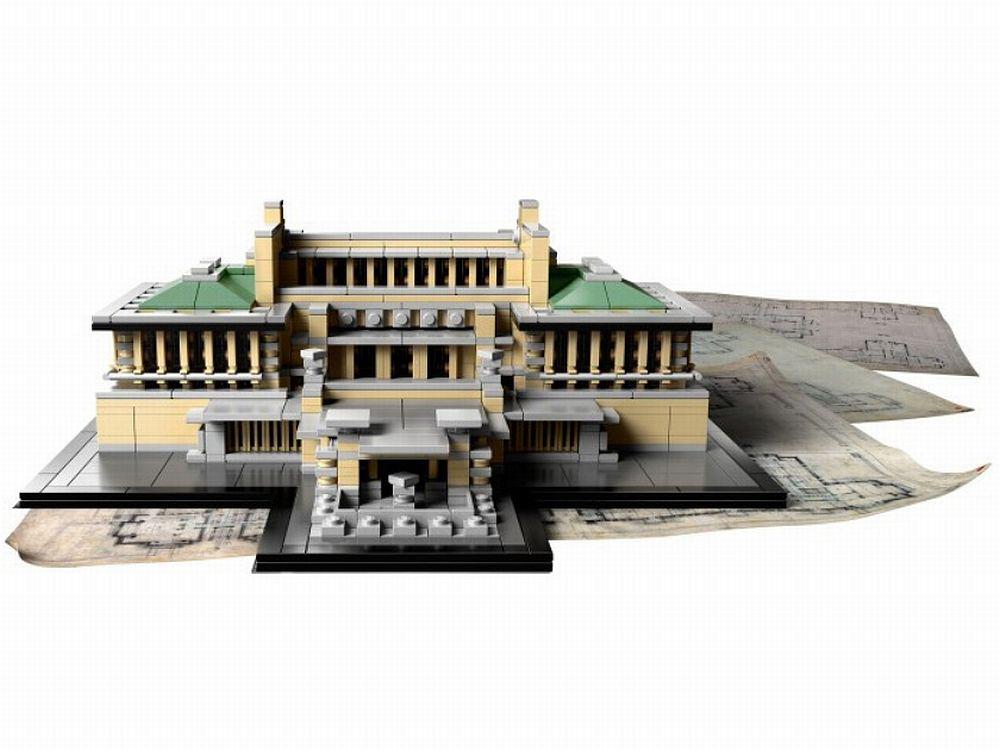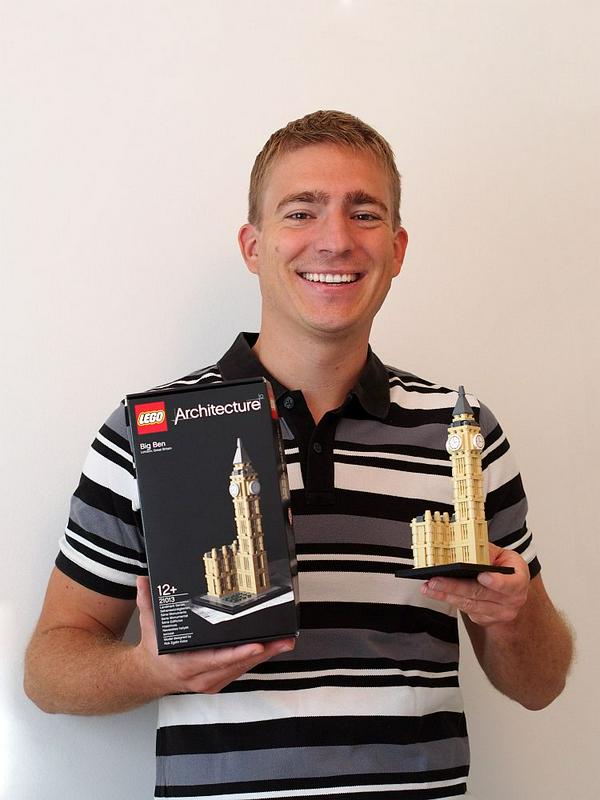
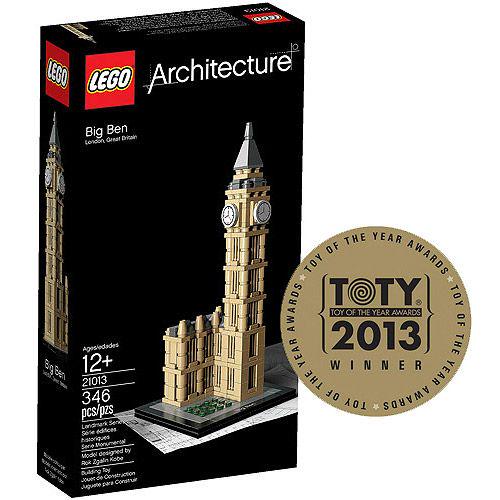
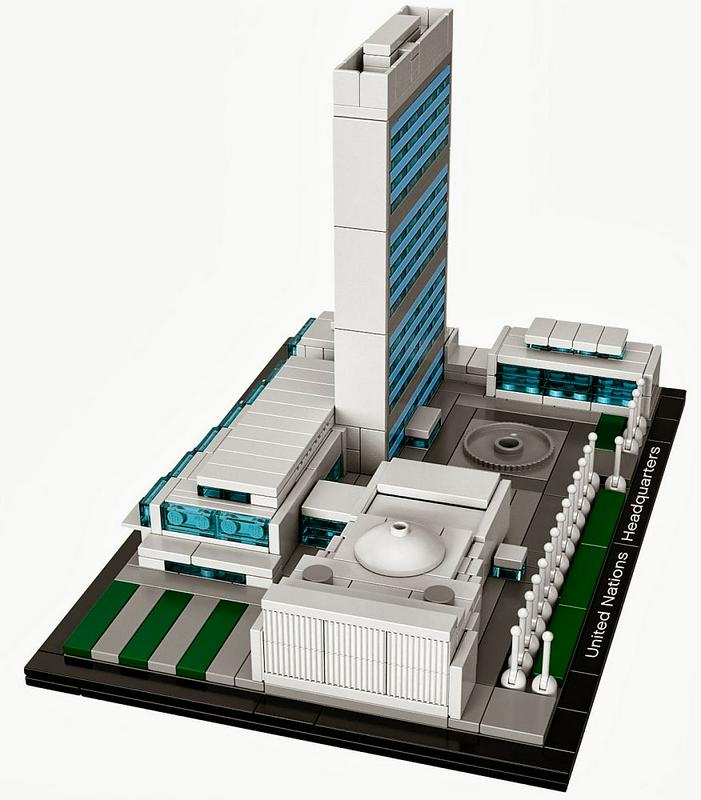

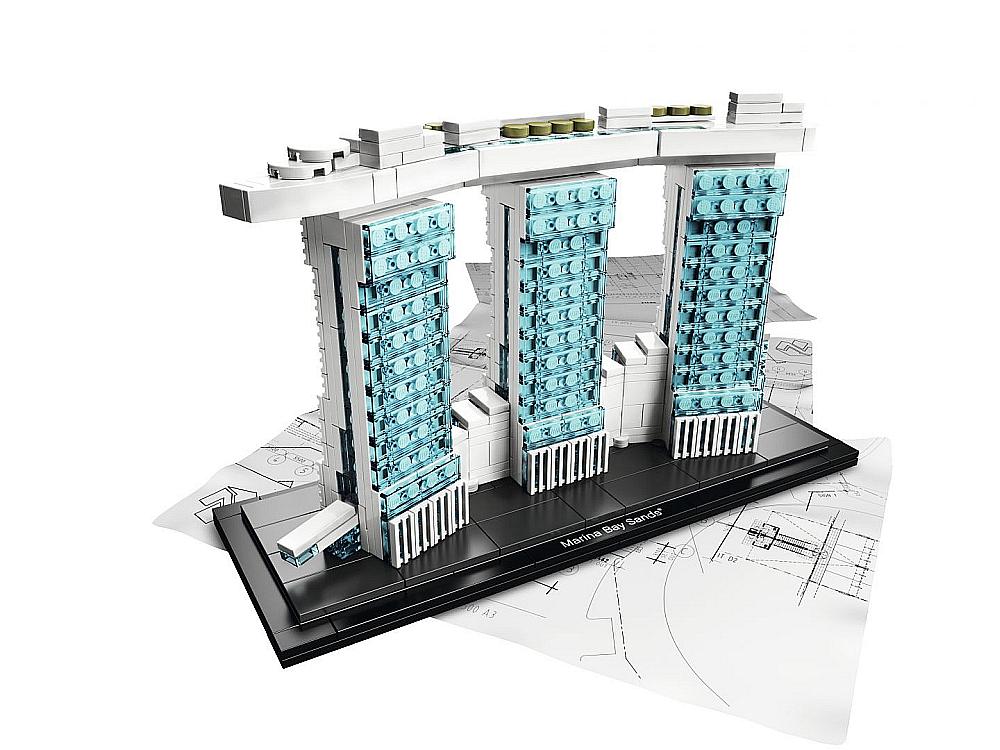
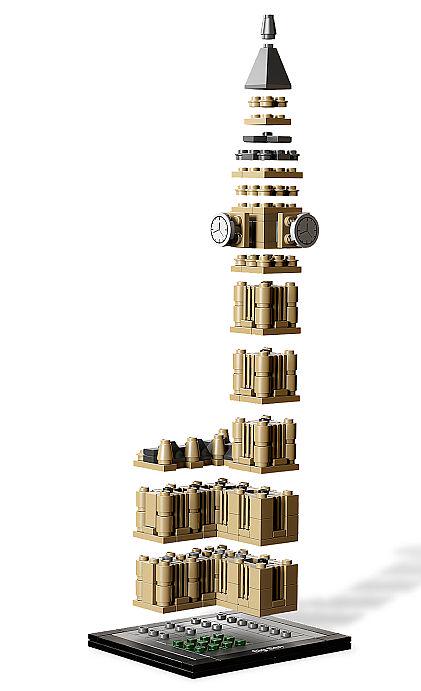
LEGO Architecture is a product range of the favoured LEGO bricks, which “celebrates the past, present and future of architecture through the medium of the LEGO bricks”. The product range includes a number of specific models which were designed by the American ‘architectural artist’ Adam Reed Tucker, and represent internationally famous buildings scaled to the LEGO elements. In addition to Tucker’s name, for the last two years the name of the Slovene architect Rok Žgalin Kobe has also been appearing on model boxes. Mr Žgalin Kobe is credited with the creation of London's Big Ben, the Imperial Hotel in Tokyo, the United Nations Headquarters in New York, and the recent model, which was presented to the public, the Singapore Marina Bay Sands complex. He also participated in the development of a specific product, namely the LEGO Architecture Studio, which is intended for architects and those who would like to become ones.
"I'm the second person in the world whose name appears on a LEGO box,” proudly says the 31-year-old Rok Žgalin Kobe. “The LEGO Architecture series is a copyright reinterpretation of the original architecture, which is why the architect’s name appears on the box. This is my product,” adds the young architect, holding a model box of the United Nations Headquarters in New York. Being a great fan of small colorful bricks, he describes his work for LEGO as a dream job.
Rok invited to Denmark after making a good job application
How did Rok actually start cooperating with the LEGO Group? At first, Rok was engaged in the LEGO Architecture Studio project, and later he became involved in the LEGO Architecture series. “When the development of the LEGO Architecture Studio took place, a need for an architect arose. The basic requirements were a degree in architecture, the knowledge of at least two European languages, and a good understanding of LEGO. These were the criteria which I fulfilled, and, probably, so did also thousands of people around the world, but I wasn’t afraid. I applied for the post, made a good job application to get myself noticed, so I made a slow progress. Then the company contacted me and invited me for an interview in Denmark,” Rok says.
“The UN model was designed merely by myself”
The latest model, which the LEGO Architecture presented to the public and resounded throughout the world, was the UN Headquarters in New York. How did the company decide for this model? “The United Nations Headquarters are quite specific. This model was one of the several ideas I came up with, but was initially rejected. However, since to me the model seemed to be a great idea, I decided to design it myself. Later, I introduced it to the company, and they approved it. Besides, this was a good idea because the model was presented in the UN, for charity,” Rok explains. “The model required only minor corrections before it went into production, so I’m really proud of my own design. Everything was done quite in detail, and the pieces (596 pieces for the UN Headquarters model) are small. The assembling techniques are more advanced than those used for usual LEGO bricks, where 500 pieces are packed in large boxes,” the young architect says.
When architects present their model to the leading in LEGO, they assemble it on the spot. Nevertheless, the model must satisfy several criteria. “I’m a big fan of LEGO bricks, which is actually a prerequisite in this company. You can choose from thousands of elements which are stored in the LEGO database, so you need to know exactly which one to use. The challenge you face in the LEGO Architecture series is that you can only use the existing bricks, so you cannot design new ones,” Rok says, adding that he does his work with pleasure and devotes himself entirely to design. He also said that the model must be interesting to users. “In architecture, there is sometimes a problem because some things are repeated too many times; this is why the set must be constructed in a way it doesn’t become boring, and it must be stable enough to be moved. These models are not primarily intended for playing, but rather for being exhibited,” Rok says about ‘toys for the adults’. He added: “The diplomats could easily put the model on their tables, and so could the ambassadors in Slovenia”.
“Before LEGO decides to make a particular model, at LEGO they need to consult about the question whether the model will be interesting enough for the buyers. Thus, LEGO carries out a market research. As the largest market for LEGO bricks is created mainly in the USA, most of the testing is done there. And if everything goes well, LEGO decides to produce the model,” Rok says. “This is how, a year after I presented the idea for the UN Headquarters, I received a picture of the UN Secretary General Ban Ki Mun, presenting my model,” Rok says, with a smile.




















































